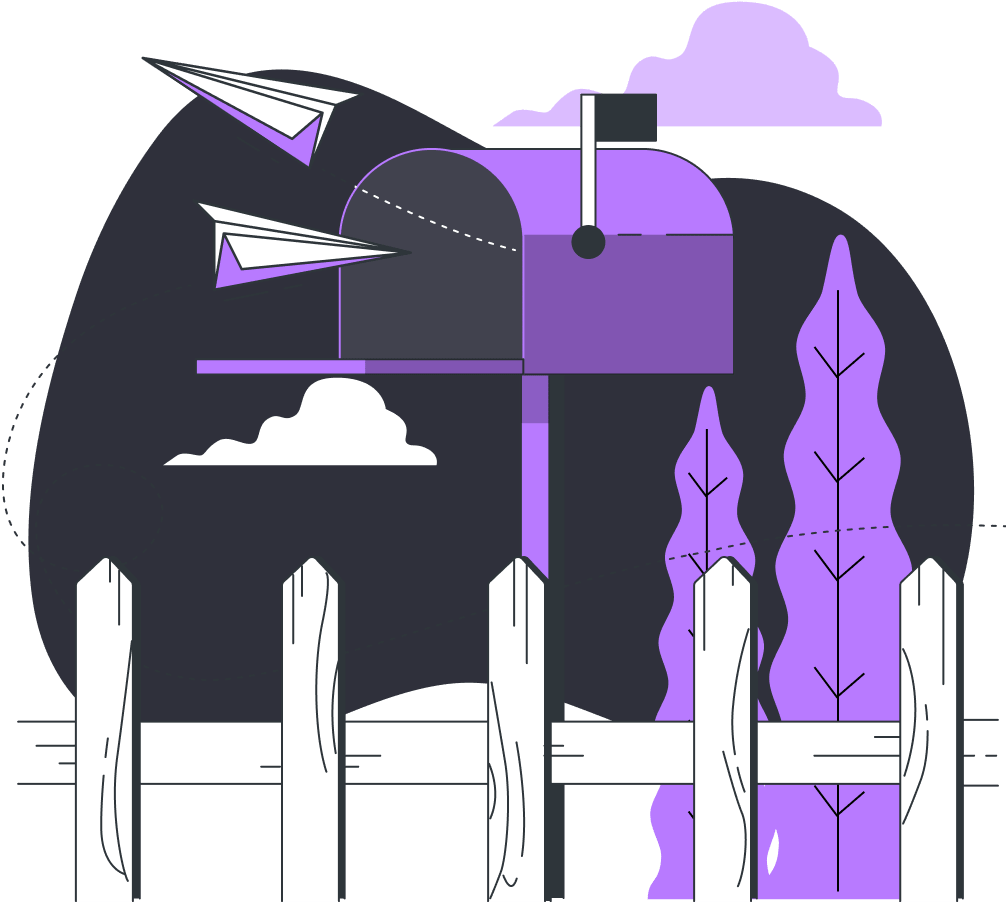Want to know what kind of techniques these SEO agencies/professionals use for your website? How do these methods help them to grow any business website’s ranking, traffic, visibility and many more? It can be very challenging to understand that where to start with SEO.
Specialists, often come across phrases like “White Hat” and “Black Hat.” But what do these terms actually mean? And how do these different techniques and approaches affect on your website’s ranking and success? Well, SEO is a very crucial aspect of digital marketing. Everybody wants that their business site should be on the first page of SERP (Search Engine Results Page).
In the above lines, we have mentioned two terms White & Black Hats. Applying these techniques in SEO, there are many ways. White Hat SEO is one the best safe & secure, powerful and dominant ways to achieve results for your website. Whereas Black Hat SEO are unethical practices ( used to bluff search engines to gain ranking) that can cause severe consequences.
Here in this blog post, we’ll discuss and share more information to understand the differences and comparisons between White Hat and Black Hat SEO techniques.
What is White Hat SEO?
White Hat SEO (Search Engine Optimization) is a set of techniques and practices that focus on improving the search engine ranking of a website by sticking to the guidelines and regulations set by search engines like Google
To put it simply, we can say that White Hat SEO means optimizing a website as per the recommended guidelines of Google which ultimately leads to long-term rankings on the particular keywords.
What is Black Hat SEO?
Black Hat SEO can be seen as a shortcut to rank any particular website in a short period of time. The techniques used in Black Hat are against Google Policies and Search Essentials. Using it makes your website eligible for Google Penalty and Algorithmic Devaluation.
Black Hat SEO refers to unethical techniques used to improve a website’s search engine ranking, which go against search engine guidelines. It is illegal and can harm both the website and the user experience.
Points of Difference between White Hat and Black Hat SEO:
In this section of the blog, we will be discussing and comparing White Hat and Black Hat based on the following points:
- Method of Implementation
- Consequences
Method of Implementation: White Hat vs. Black Hat SEO
Implementation of White Hat:
The gist of White Hat SEO is good and unique quality content based on used intent. No matter what you do, Google will not rank your website, if the quality of content does not reach the bar. Also, well-thought and relevant keyword research is very important for providing user-desired content.
Second comes your user experience. This factor includes every measure that helps retain visitors to your website. The factors affecting User Experience include:
- Loading Time
- Easily understandable Navigation and Connectivity between web pages
- Website Structure
- Relevant Information under a Topic
- Mobile-friendly Pages
- Proper “Contact Us” information and Call to Action Button
- Proper use of Sitemap and robot.txt to help Google understand your website
- Proper Internal Linking
Implementation of Black Hat:
This technique of tricking Google does not work for a long period of time as Google is smart enough to update its ranking algorithm quite frequently. It is entirely possible that a fresher in SEO might implement Black Hat unknowingly. So while optimizing your site do not implement the below-mentioned Black Hat techniques:
- Use of Hidden Text: It includes matching the text color of certain irrelevant keywords to the background of the website to give them a feel of invisibility.
- Cloaking: It means having a different HTML structure for users and Google Bots.
- Use of duplicate content.
- Content Spinning
- Link Spamming or Buying links from a strong site
- Keyword Stuffing: This includes spamming and stuffing your content with keywords.
- Use of Doorway Pages: Creating such pages that are invisible to the user and exist just for the purpose of backlinks
- Implementing Inviible iFrames: It means including pages in your website that download a particular software on the user system without their knowledge.
All these techniques worked for a while but in the current scenario, it is extremely hard to fool Google with Black Hat techniques.
Consequence of White Hat and Black Hat SEO:
As we already know by now White Hat is a legal technique meaning it does not really have any negative impact on search engines. But the same can not be said for Black Hat. Google has launched various algorithms that affect both techniques differently.
Panda Update:
This update highly benefits the site with original content. If your site does not have original content, then this update will highly affect not just the pages with duplicate content but the entire website.
Penguin Update:
This update was specially launched to minimize black hat SEO in the market. It targets websites that have the main focus on link spamming.
The Quick Recap of White Hat vs. Black Hat SEO:
| White Hat SEO | Black Hat SEO |
| Ethical SEO | Unethical Seo |
| Long Term Ranking | Short Term Ranking |
| Generally immune to Google Penalties | At high risk of Panelites and permanent banning of Domain. |
| Takes time to rank | Ranks faster |
| Used for long-term benefits | Used for short-term goals |
| Consists of Natural Backlinks | Consists of irrelevant and paid backlinks |
| Category | White Hat SEO | Black Hat SEO |
| Focus | Long-term strategy and organic growth | Short-term gains and manipulation |
| Goal | Improve website rankings through ethical means | Deceive search engines to artificially increase rankings |
| Techniques | Quality content, keyword research, backlinking, site structure optimization | Keyword stuffing, invisible text, cloaking, link spamming, doorway pages |
| Risk of Penalties | Low risk of penalties and algorithm changes | High risk of penalties, algorithm changes, and even de-indexing |
| Empathy | Focuses on serving the audience’s needs | Focuses on exploiting the system for personal gain |
| Reputation | Builds a positive reputation through legitimate practices | Damages reputation through unethical and deceptive practices |
| Time Frame | Results take longer to achieve, but sustainable in the long run | Results may come quicker, but short-lived and unsustainable |
| Legality | Follows industry guidelines and policies | Operates outside of industry guidelines and policies |
| Examples | Quality link building, optimizing site speed, creating quality content | Keyword stuffing, hidden text, link farms, and spam commenting |
Note: Grey Hat SEO techniques, which fall between white hat and black hat tactics, are not included in this comparison.
Conclusion
In this competitive era, Search Engine Optimization(SEO) has become a basic necessity for increasing sales and business. But it is essential to understand that it is not “SEO” that matters but rather “Good SEO” that leads to the ranking of your website in Google’s Search Engine Result Pages(SERPs).
For this very purpose, every business, and every website owner needs to understand how to legally abide by Google’s SEO rules and policies for long-term rankings.






